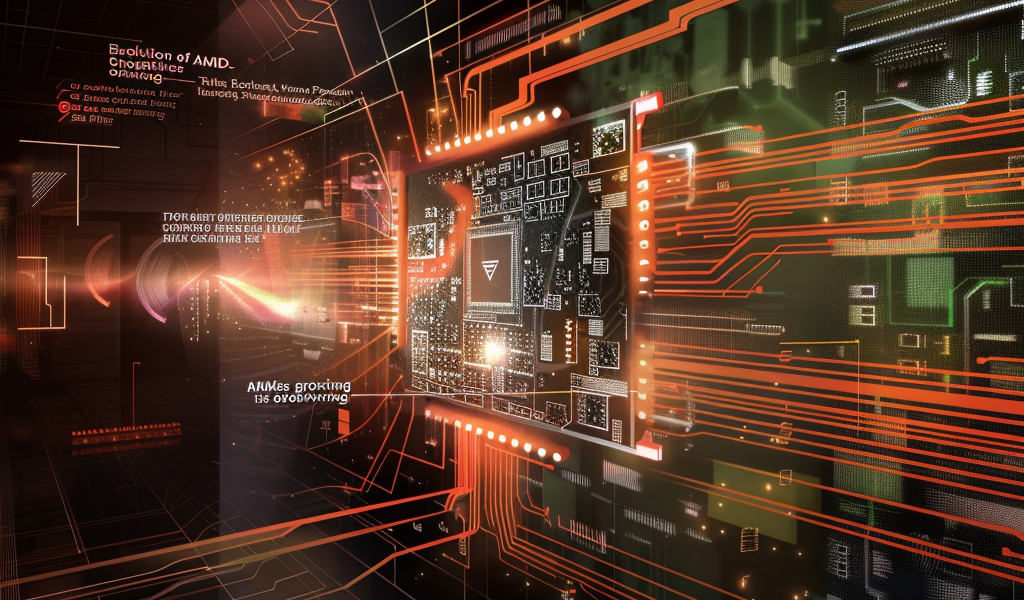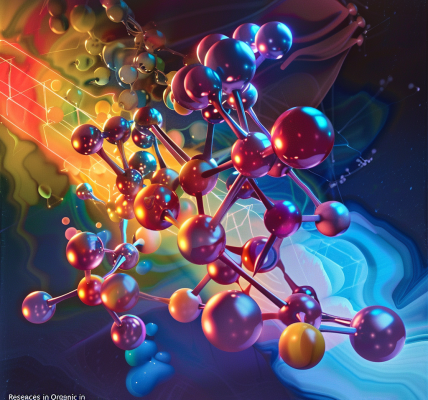The open-source AMD GPU Linux kernel graphics driver is approaching a significant milestone, nearing 5.8 million lines of code. This increase marks a notable 16% growth over the past year, driven by the integration of new support for RDNA3.5 and RDNA4 architectures, as well as various enhancements to the existing codebase.
In August of last year, the AMD GPU kernel driver was reported to be at 5.03 million lines of code, which included actual code, comments, blank lines, and header files. The recent developments following the Linux 6.11 merge window have propelled the total to approximately 5.798 million lines. This figure encompasses the AMDGPU driver, AMDKFD, and related modern AMD kernel graphics driver support, excluding the older Radeon DRM driver.
A significant portion of the growth in the AMDGPU driver can be attributed to the auto-generated header files that AMD commits each time a new GPU is introduced. These header files are essential for covering the various registers and functionalities of new GPUs, although many of them can be somewhat redundant. Nonetheless, the automated nature of their generation aids in maintaining the driver’s robustness.
As of the latest analysis, the overall Linux kernel is approximately 37.1 million lines of code. This includes around 28 million lines of actual code, 4.4 million lines of comments, and nearly 4.7 million blank lines. Within this vast codebase, the modern AMD kernel graphics driver constitutes about 15.6% of the total kernel code.
The growth of the AMD GPU driver is indicative of AMD’s commitment to enhancing its open-source graphics support, which is pivotal for developers and users alike. The ongoing updates not only improve performance and compatibility but also ensure that AMD’s hardware can leverage the latest advancements in graphics technology.
In addition to the kernel driver developments, AMD has recently released ROCm 6.2, which introduces new components and improvements for popular machine learning frameworks such as PyTorch and TensorFlow. This release further underscores AMD’s focus on providing robust support for GPU compute applications.
Furthermore, AMD has updated the DMCUB firmware for RDNA3.5 graphics, enhancing the capabilities of their hardware. The company is also working on more precise GPU reset functionalities within their Linux driver, which aims to enhance system stability and performance during intensive graphics tasks.
Another notable advancement is the addition of HDR metadata support for the AV1 encoder in the upcoming Mesa 24.3 release, which will benefit users looking to maximize their media playback and streaming experiences.
As the open-source AMD GPU driver continues to evolve, it remains the largest kernel driver within the Linux kernel source tree, showcasing the significant investment AMD is making in open-source development. The community of developers and users can look forward to ongoing enhancements that promise to keep AMD’s graphics solutions competitive in the ever-evolving tech landscape.





